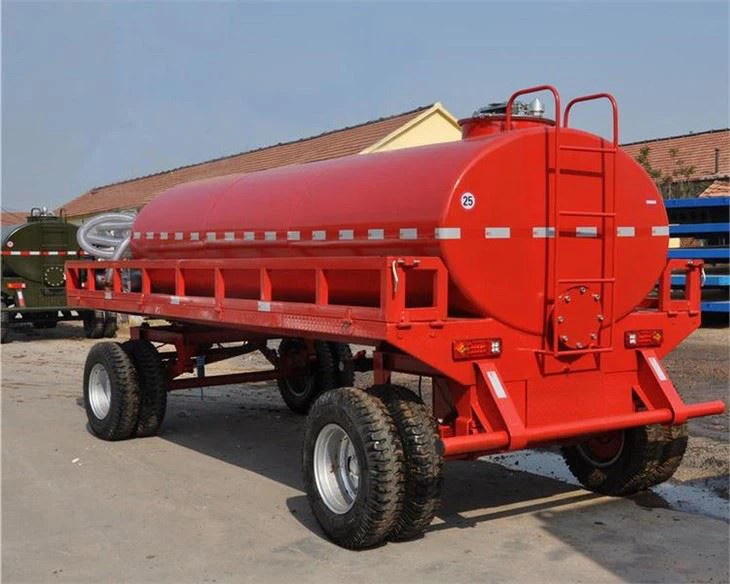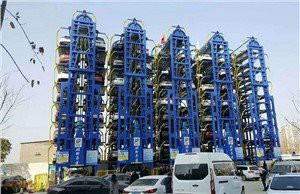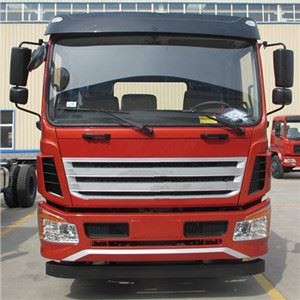Packer Truck: The Ultimate Guide to Choosing, Using, and Maintaining Your Packer Truck

A packer truck, an essential vehicle in waste management and urban sanitation, plays a vital role in the collection and transportation of refuse. Whether you’re a contractor, waste management professional, or someone interested in the nuances of these specialized vehicles, understanding packer trucks is crucial. In this comprehensive guide, we will discuss what a packer truck is, its types, features, uses, benefits, maintenance, and tips for getting the most out of your investment.
What is a Packer Truck?
A packer truck, also known as a refuse collection vehicle (RCV) or garbage truck, is designed specifically for collecting and transporting waste materials. These trucks are equipped with compacting mechanisms that minimize the volume of waste, allowing for more efficient collection and transportation. The primary function of a packer truck is to collect municipal solid waste, recyclables, and other refuse materials from residential, commercial, and industrial sources.
Types of Packer Trucks
1. Rear Loader Packer Trucks
Rear loader packer trucks have their loading mechanism at the back, allowing for the efficient collection of waste. This type allows for easy access for waste collection personnel.
2. Side Loader Packer Trucks
Side loader packer trucks feature a loading mechanism on the side, which can be operated by one person. These trucks are ideal for areas with limited access or narrow streets.
3. Front Loader Packer Trucks
Front loader packer trucks are designed for industrial and commercial waste collection. They feature a loading mechanism that lifts bins from the front, making them suitable for larger waste volumes.
4. Multi-Compartment Packer Trucks
These trucks have multiple compartments for separating recyclables from waste, thus promoting environmental sustainability. They are versatile vehicles that can effectively manage various types of waste.
Key Features of Packer Trucks
1. Compaction Mechanism
The ability to compact waste significantly increases the efficiency of waste collection. Most packer trucks are equipped with hydraulic systems that compress waste, reducing the overall volume by up to 80%.
2. Capacity
Packer trucks come in various sizes with load capacities ranging from 10 to 30 cubic yards, which is crucial for determining the frequency of collection routes.
3. Safety Features
Modern packer trucks are equipped with various safety features, such as backup alarms, cameras, and emergency stop buttons, to ensure the safety of both operators and pedestrians.
4. Versatile Loading Options
These trucks may come with options for automated side loading, manual loading, or dual-loader mechanisms, providing flexibility based on operational needs.
Uses of Packer Trucks
1. Municipal Waste Collection
Packer trucks are primarily used for the collection of residential and commercial waste, providing efficient and timely waste management services in cities and towns.

2. Construction and Demolition Sites
These trucks are also used to collect construction debris and other waste materials from job sites, ensuring that they are cleared for safety and compliance.
3. Recycling Programs
With the rise in environmental awareness, many packer trucks are now being used in recycling programs, often equipped with multi-compartment systems to separate recyclable materials.
Benefits of Using Packer Trucks
1. Increased Efficiency

The compacting capabilities of packer trucks allow for more waste to be transported in a single trip, reducing the number of trips needed for collection and causing less disruption in the community.
2. Improved Waste Management
Packer trucks help municipalities better manage their waste streams, leading to cleaner neighborhoods and a generally improved environment.
3. Cost-Effective Solution
By reducing the frequency of trips required for waste removal, packer trucks can significantly lower operational costs over time.
4. Environmental Impact
Many modern packer trucks are designed to be more environmentally friendly, utilizing advanced technologies to minimize emissions and promote recycling.
Maintenance Tips for Packer Trucks
1. Regular Inspections
Conduct regular inspections to identify any wear and tear, especially on the compaction mechanisms, hydraulic systems, and safety features.
2. Routine Cleaning
Regularly clean the truck to prevent the buildup of waste materials and odor. A clean truck is not only more pleasant but also functions better.
3. Lubrication of moving parts
Keep all moving parts well-lubricated to ensure optimal performance and extend the lifespan of the vehicle.
4. Timely Repairs
Address any mechanical issues promptly to prevent further damage and costly repairs later on.
Practical Examples of Packer Truck Operations
1. City Waste Management Services
A city might deploy a fleet of rear loader packer trucks for residential waste collection. These trucks typically operate on set schedules, maintaining efficiency and reliability in service delivery.
2. Construction Companies
Similarly, a construction company may use side loader packer trucks for rapid collection of construction debris, ensuring the site remains safe and compliant with regulations.
3. Recycling Initiatives
Multi-compartment packer trucks in municipalities allow for direct transport of sorted recyclables, enhancing recycling rates and minimizing contamination.
Frequently Asked Questions (FAQs)

1. What is the average lifespan of a packer truck?
The average lifespan of a packer truck is typically between 10 to 15 years, depending on usage and maintenance practices.
2. How much waste can a packer truck hold?
Depending on the model, packer trucks can hold anywhere from 10 to 30 cubic yards of waste.
3. Are packer trucks environmentally friendly?
Many newer models are designed with fuel efficiency and reduced emissions in mind, making them more environmentally friendly compared to older models.
4. How often should packer trucks be serviced?
Routine maintenance should occur every 1,000 miles or as recommended by the manufacturer, with thorough inspections conducted at least quarterly.
5. Can packer trucks be used for recycling?
Yes, many packer trucks come equipped to handle recyclables, often featuring multiple compartments for sorting different materials.
6. What safety features should I look for in a packer truck?
Look for safety features such as camera systems, backup alarms, reflective markings, and emergency stop mechanisms to ensure safe operation.
